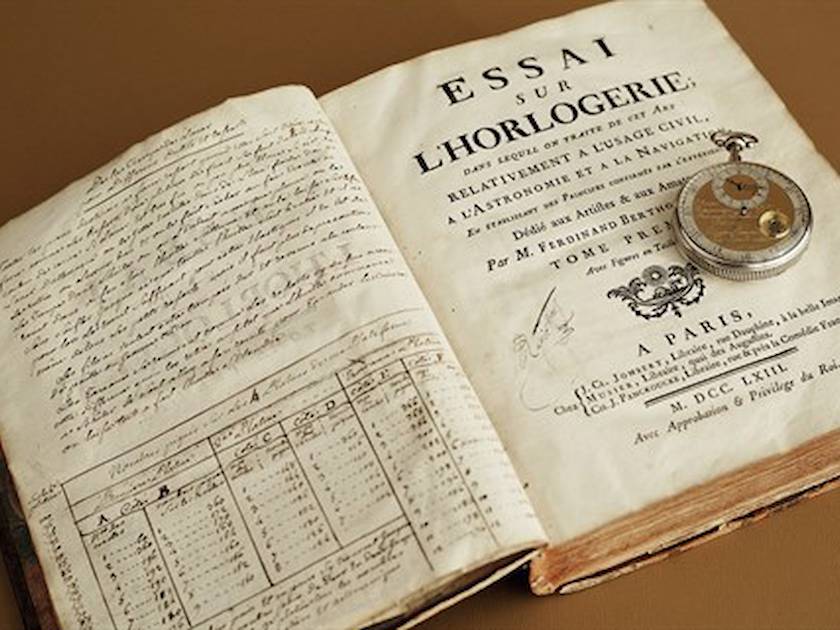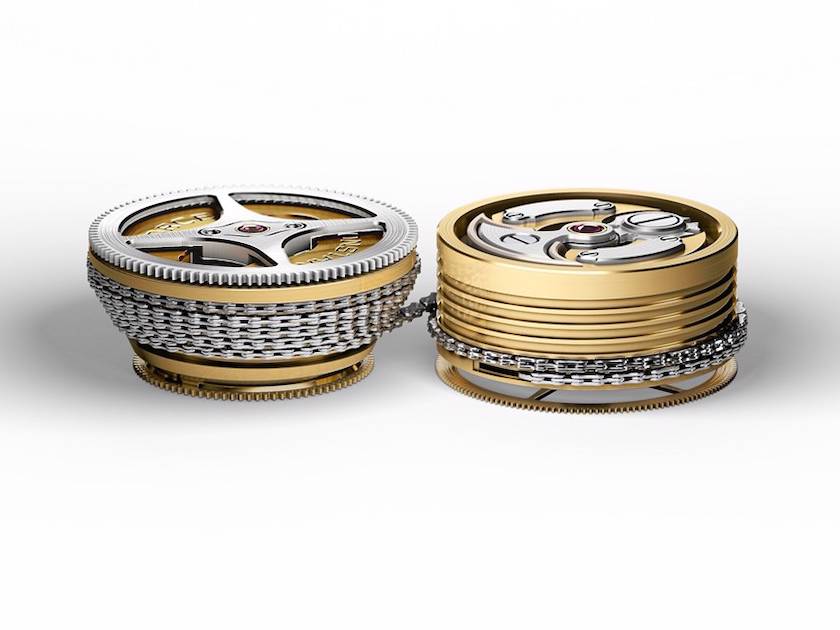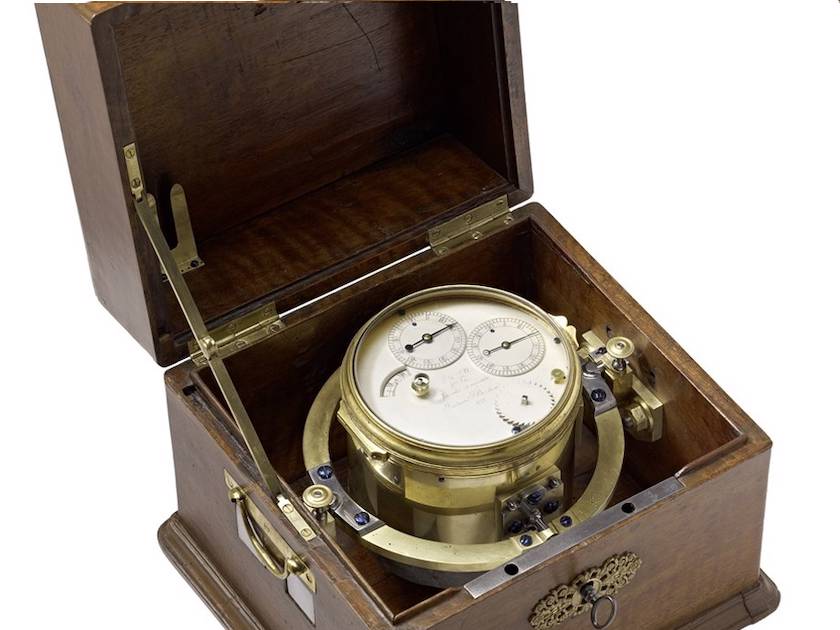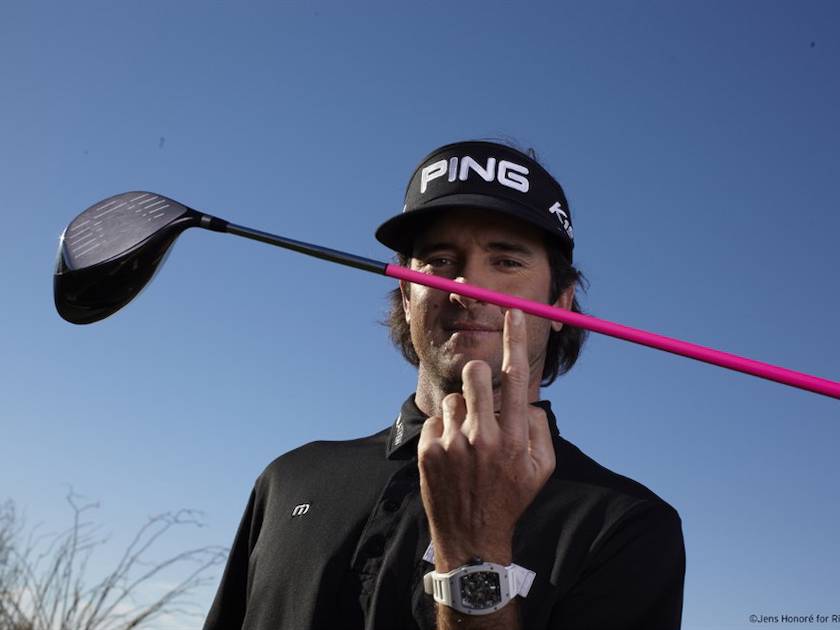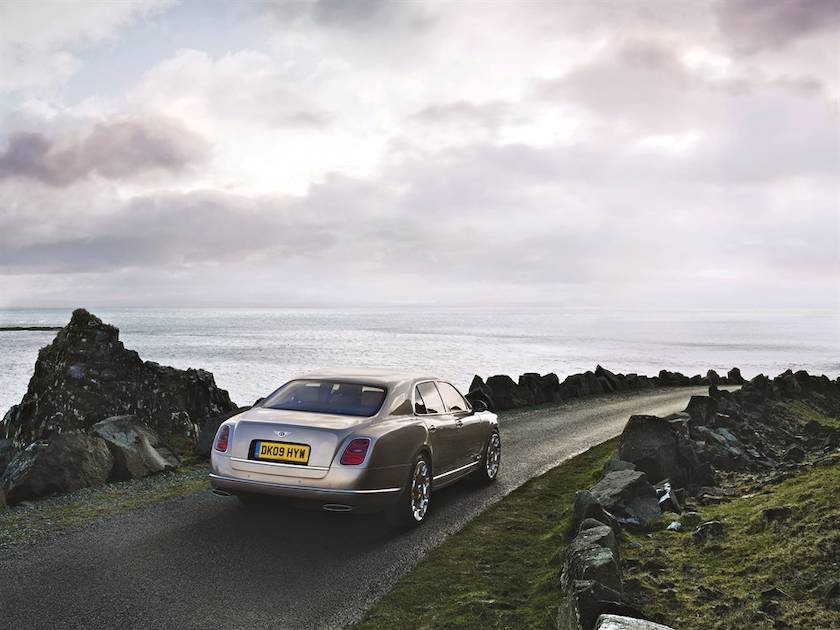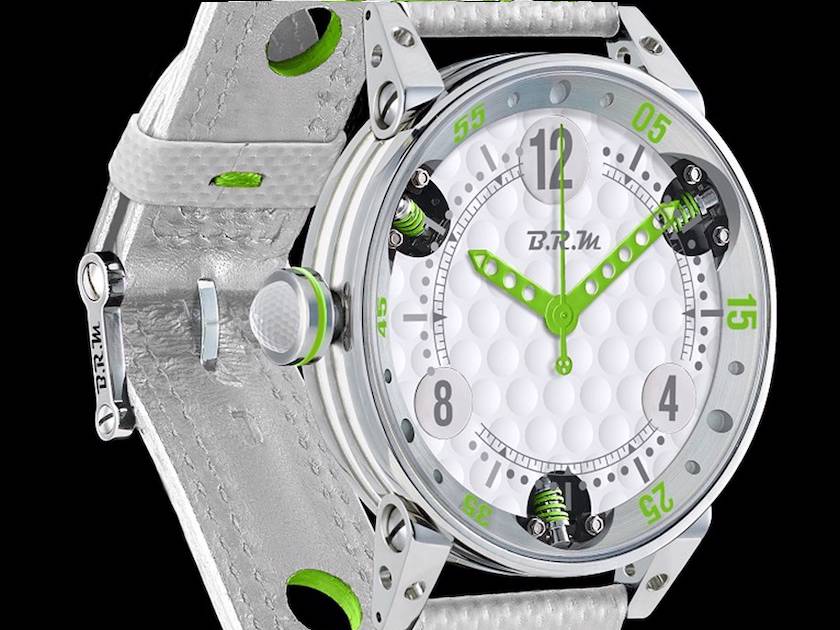Great Watches - Ferdinand Berthoud FB1
John Harrison and Ferdinand Berthoud both endeavoured to solve the ‘longitude problem’. Their work in the 18th century continues to have huge significance in watchmaking to this day. Now, the great name of Ferdinand Berthoud returns to the fore with a new chapter in fine watchmaking...
The world of watchmaking owes much of its history to the pursuit of maritime supremacy and the safe navigation of hostile seas. During the 17th and 18th centuries, Britannia ruled the waves, but it was always aware of the potential for the French to usurp its dominance at sea. By its very nature, crossing turbulent, ferocious waters is hazardous. Today, modern technology, such as GPS, helps naval officers accurately pinpoint the location of maritime vessels in real time. However, in the early part of the 18th century this was clearly not the case. In 1707, a naval disaster struck the British Royal Navy and four ships were lost off the Isles of Scilly, resulting in 1,550 lost souls. The grave significance of this event led to much debate within Westminster and as a result the Longitude Act of 1714 was created. This legislation led to the formation of the Board of Longitude, a body responsible for incentivising the determination of longitude at sea by awarding various prizes. Indeed, they offered a reward of £20,000 for a method of determining longitude at sea to within half a degree (equivalent to two minutes of time) after a voyage of six weeks. THE SOLUTION. A former joiner, turned clockmaker, from Lincolnshire, John Harrison, solved the longitude problem with his first ‘marine timekeeper’, the H1. The construction of the H1 took place between 1728 and 1735. Whilst it performed well during a trial at sea, Harrison continued to refine his ideas, releasing further marine chronometers during his lifetime. The H2 and H3 were constructed between 1737 and 1759, whilst the H4 (1755 – 1759) completed successful sea trials in 1762. While Harrison’s early marine chronometers (H1, H2 and H3) resembled bulky clocks, his H4 model was much smaller, sharing a similar appearance to a pocket watch and measuring a comparatively restrained 13cm in diameter. The Board of Longitude was not forthcoming with the prize money, however, and relations with Harrison suffered as a consequence. Feeling somewhat aggrieved, Harrison sought the assistance of King George III and Parliament ultimately rewarded Harrison for his services to the nation.
BERTHOUD. Meanwhile, on the opposite side of the English Channel, the French Navy, under the reign of Louis XV, was also endeavouring to solve the longitude problem. Ferdinand Berthoud, a son of the Val-de-Travers, Switzerland, travelled to Paris to study clock making at the tender age of 18. Eight years later, in 1753, Berthoud became a Master Clockmaker at the decree of King Louis XV’s council. Ferdinand was fascinated with the idea of calculating longitude at sea and in 1761 completed his first marine chronometer, Marine Clock No.1. He was clearly an educated, intelligent young man, writing a number of reference papers. In 1763, his two-volume horological treatise, ‘Essai sur l’horlogerie’ was published and the following year his contribution to horology was recognised by the Royal Society in London, leading to him being elected an ‘associate overseas member’. In 1770, after successful sea trials on board the corvette ‘L’Isis’, during an 18-month journey from Rochefort to Santo Domingo, Berthoud was awarded the title of ‘Horloger Mécancien du Roi et de la Marine’ (Horologist-mechanic to the King and the Navy) and received an order for 20 marine chronometers from the French Admiralty.
THE NAME LIVES ON. Today, Karl-Friedrich Scheufele, co-president of Chopard, is an avid collector of fine timepieces and horological artefacts. Several years ago, his admiration of Ferdinand Berthoud led him to purchase a marine clock, M.M. no. 6. This acquisition fuelled his appreciation of Berthoud still further, culminating in a desire to produce a series of high-end timepieces worthy of carrying the legendary watchmaker's nomen. In 2006, Scheufele acquired the Ferdinand Berthoud name and set out to realise his dream. After several years of development, the FB1 is the successful conclusion of Scheufele’s personal journey and has imbued the Ferdinand Berthoud name with a new lease of life.
CONTEMPORARY. The FB1 evinces a contemporary aesthetic but harnesses much traditional watchmaking craftsmanship synonymous with haute horlogerie. From the outset Scheufele sought to create a modern watch which ‘Ferdinand Berthoud might have created if he were living now’. The FB1 incorporates a host of innovative ideas while respecting the legacy of Berthoud.
THE DIAL. The hours and minutes are displayed on a small, off-centre dial, positioned below noon. The ‘dagger-shaped’ hour-and-minute hands are open-worked and collaborate with Arabic numerals to impart the prevailing time in a simple to interpret form. A large central sweep seconds-hand traverses the dial interfacing with a scale encircling the dial canvas. The FB1 is equipped with a tourbillon, a device patented in 1801 to mitigate the adverse effects of gravity on the precision of a timepiece. In this instance, Ferdinand Berthoud has ingeniously coupled the tourbillon to directly drive the central seconds-hand delivering superb precision. Indeed, the watch is certified by the Swiss Official Chronometer Testing Institute. Along the westerly flank of the dial, a power-reserve indicator informs the wearer of the available energy stored within spring barrel, effectively the fuel tank of the watch. As the hand moves towards the word ‘bas’ or ‘low’ the wearer needs to wind the timepiece and replenish the energy levels within the spring barrel. Whilst other timepieces are available with a power reserve indicator, it is the highly innovative approach adopted by Ferdinand Berthoud which distinguishes this feature as special. Beyond the functionality of the dial is the matchless execution of the display which proves impressive. The aperture near the lower portion of the dial features chamfered edges and allows light to flood into the case housing.
THE CASE. Measuring 44mm in diameter, the case is generously proportioned and is offered in two options, 18-carat white or red gold. This choice of case material is optimally paired with either a ruthenium or a black toned dial, respectively. The case eschews the conventional round shape of many watches, appearing octagonal. The watch movement is housed within a watertight container and the straight sides are achieved with the use of additional gold case elements, which affix to the case band. Interestingly, these elements each contain four small glazed apertures, allowing the wearer to see inside the watch via the vertical flanks of the case. Gracing the reverse of the watch, a large sapphire crystal accords additional views of the finely executed hand-wound movement, the Caliber FB-T.FC.
THE MOVEMENT. By winding a watch, a conventional movement stores energy using a spring, stored within the aforementioned spring barrel. This energy is transmitted from the spring barrel, via a series of gears, to a device termed an ‘escapement’, which in turn releases a small portion of energy to the hands, causing them to advance at a predetermined rate. The problem with this system is that sometimes there is a little too much or too little energy stored within the spring barrel which, in turn, can adversely affect precision. Whilst for many would-be watch buyers this would not prove too much of an issue, the designers at Chronométrie Ferdinand Berthoud were clearly determined to achieve horological greatness. The movement within the FB1 features a fusée and chain mechanism which counters this problem, providing a constant force to the escapement, delivering a higher degree of precision. The chain within the FB1 is assembled by hand and consists of 474 links and 316 pins (790 parts in total). Close examination of the movement within the FB1 reveals a high degree of hand craftsmanship, with many of the 1,120 movement components expertly polished and assembled. Despite the high part count, the components have sufficient space to breathe, courtesy of six polished titanium pillars, which accord a light airy feel to the appearance of the movement, accentuating its sublime finishing.
A REMARKABLE LEGACY. While the FB1 respects history, it also embraces the future. The contemporary aesthetics are notably attractive, relevant for a modern era and sating the exacting requirements of the most discerning of watch collectors. The FB1 is a wonderful exemplar of post-dated history, crafted in the Chronométrie Ferdinand Berthoud atelier in Fleurier, Val-de-Travers, Switzerland. This timepiece upholds the reputation of the 18th century Master Clockmaker with ingenuity and precision much in evidence. Indeed, it seems most fitting that the Ferdinand Berthoud name has returned to where this remarkable legacy began.

Journalist
